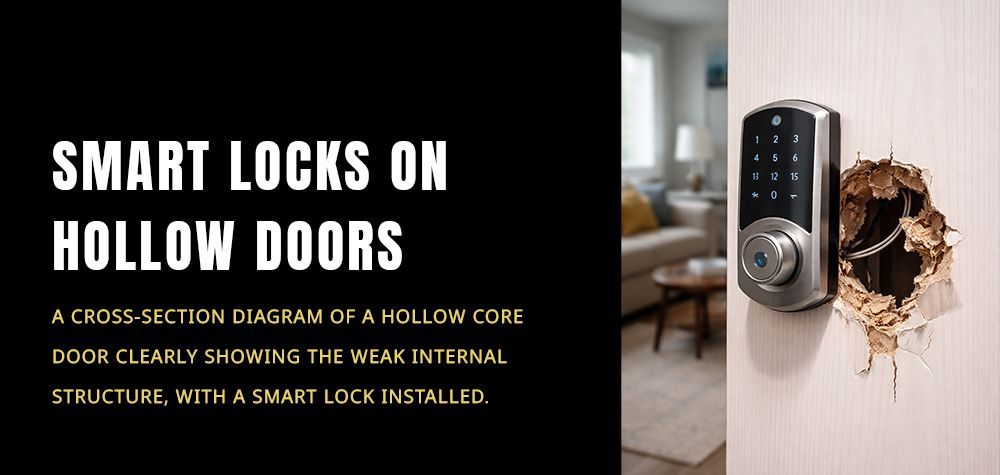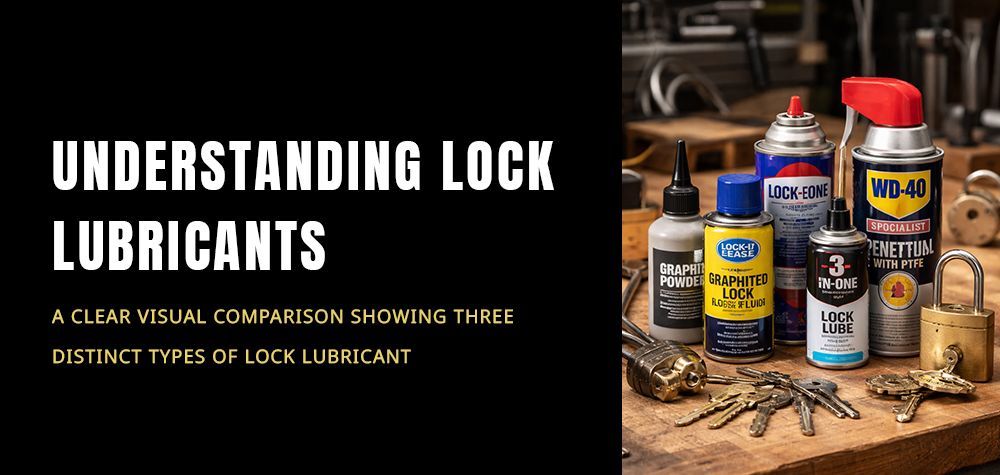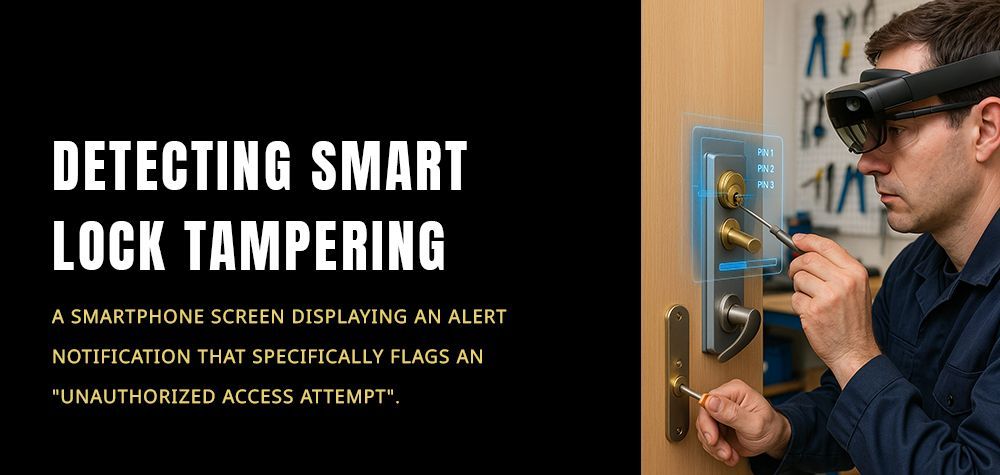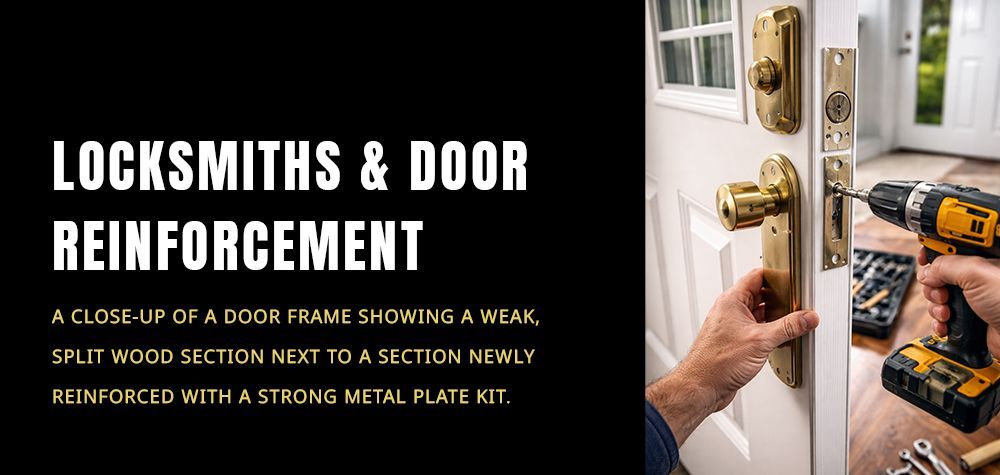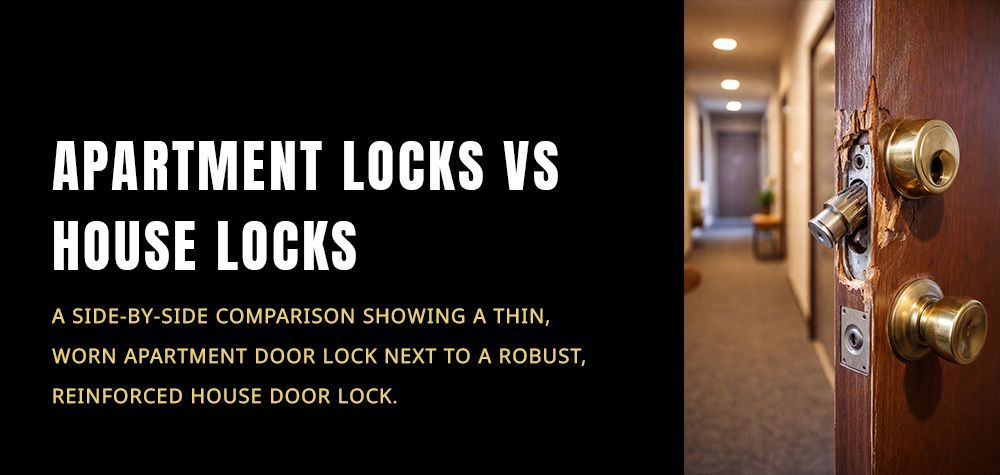Fire-rated Doors: Everything You Need to Know
Some local building laws may need you to install fireproof doors. This requirement is more common in areas prone to fire outbreaks. Where there is no such requirement, you would still want to have them for your safety.
With all the buzz about fireproof doors, what is it all about? In this article, we’ll explain everything you need to know about this type of door.
What is a Fire-rated Door?
These are doors built according to fire-protection ratings. They are resistant to fire and provide protection against fire and its associated damages. These fire doors are often part of a system that passively provides fire protection.
A fire door differs from ordinary doors. It ensures that you can safely escape when there is a fire in a building or structure. It also reduces the rate at which fire spreads from one compartment to another.
Fire doors are special doors that have gone through several testing processes. These processes have tested its ability to protect amid a ravaging fire despite how long the fire lasts. They are life savers. A fire door makes so much difference when there is a fire outbreak.
The Features
One feature of a fire-resistant door is the latching device. The latching device keeps the door shut during a fire. So, it is an essential characteristic of the door. Some doors may also come with deadlocks that work with the latching device.
The door also has steel hinges that retain the shape of the door in a fire. The hinge helps to keep the door in its place. So, it prevents the fire from spreading to other parts of the building or compartment.
There are rectangular devices that have jointed arms. We call these devices closing devices. You would find them at the top of a fireproof door. The essence of these devices is to close and latch the door. It also keeps the door closed during a fire.
Components
Manufacturers of this door usually use a solid timber frame. However, they cover it with a type of glass that is resistant to fire. It is this glass that makes it a fire door because timber would easily burn in the event of a fire outbreak.
The type of glass used for fire doors can withstand heat or fire exposure for a long time. It can withstand it for sixty minutes before its temperature is high enough for softening.
Apart from the fire-resistant glass, they use an intumescent seal to cover the door edges. The intumescent seal expands when the temperature rises to 200ºC. When it expands, it covers the open gaps between the frame and the door.
When installing a fire door in your home, do so with the right fire-resistant fittings. The door works hand-in-hand with these fittings to give you maximum protection in a fire situation. Installing a fire-resistant door alone does not satisfy the requirement if you don’t use the right door hardware and frame.
How It Works
A fire door serves you in two major ways. In its closed state, it serves as a powerful force that resists the spread of power to other buildings or compartments. However, if it is open, you can run through it to escape from the fire.
The door keeps the fire from spreading for a fixed time. The time a fire door will keep the fire from spreading depends on its fire rating. It can prevent the spread of fire for 30 minutes or it could do so for 60 minutes. The difference lies in the materials used in constructing the door.
A fire door is thicker. Manufacturers have to comply with the fire rating when constructing the doors. They must test the doors and get them certified by the authorities.
It is after this that the door would get a label. The label on the door specifies the manufacturer, fire rating, and manufacturing date. You can find the label at the edge of the door.
Do You Need It?
You would need it if it is a legal requirement in your environment or city. Also, you would need to conduct a risk assessment of your home to determine if you need it. The fire assessment will show you the doors in your home that should be fireproof.
It is advisable to install fire doors in places that are prone to fire risk. Usually, kitchens and rooms with a lot of electrical connections and devices are at a higher risk of fire. Having the door in these places will help to contain the fire when it occurs.
Can a Fire Door Fail?
A fire door needs to be in good condition to give you optimal protection. They can hold off fire for 30 or 60 minutes. However, a lot would depend on the installation. Where there was proper installation using the right hardware and seals, the door will serve you well.
Another important factor is its maintenance. You need to examine your fire-resistant doors as often as you can. Always ensure that there are in good condition. Where they are not, there would be a need for maintenance.
Inspecting the door as often as possible will help you detect issues early. You don’t want to wait until there is a fire for you to realize that your fire door failed you.
Get Professional Help
While you can watch some videos and install fireproof doors yourself, it is not advisable. Allow trained professionals to install your fire doors. So, that when there is a fire outbreak, you can be confident that your fire door works.
Also, you must meet the specification provided by building regulations for the installation of these doors. Where there is no proper installation of the door, you will not only harm yourself and your properties but also run into trouble with the law. Contact us for all your fire door needs in Arizona.
Let us know how we can assist you in protecting your business from fire today. We’d be happy to help and share our experience from working with tons of businesses in Phoenix with you.
Call Us Any Time!


